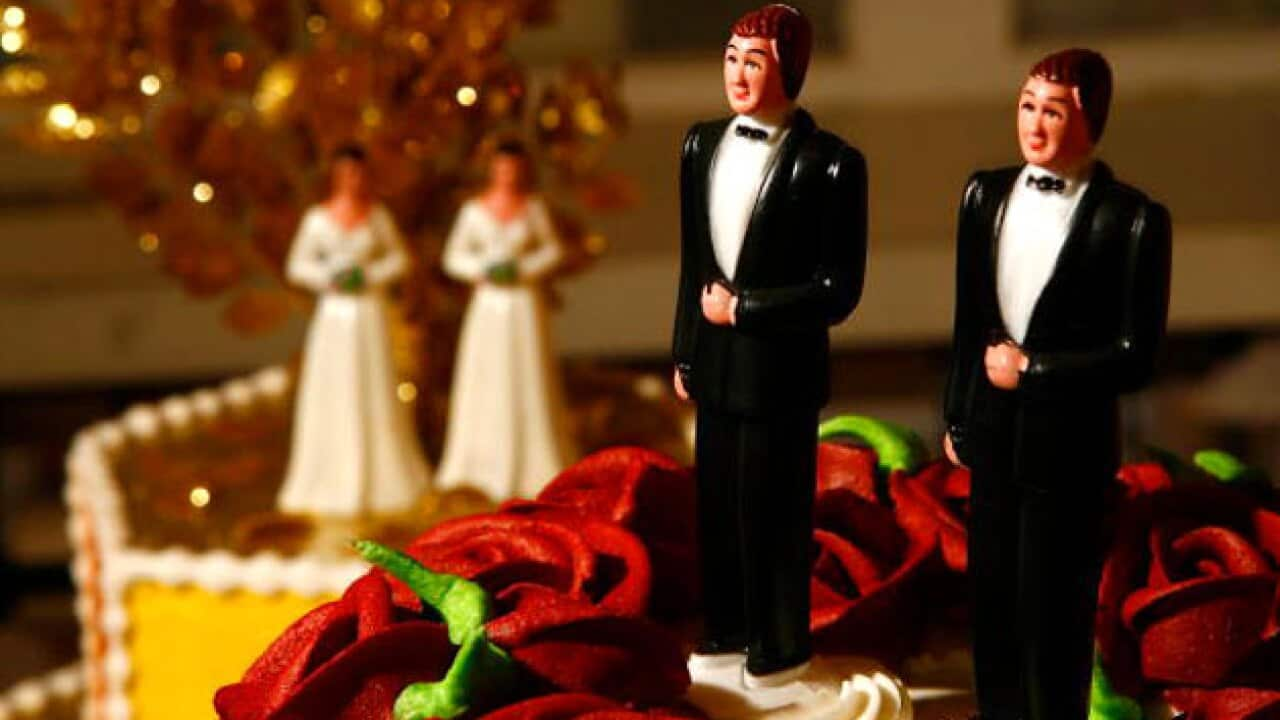After months of discussing the Church of England’s position on same-sex marriage, its bishops will deliver their summary to the in London on February 15. As events take place around the country celebrating , this could have been a good opportunity to explore a rich and positive dialogue around faith and sexuality. But the bishops have blown it. In a published before the meeting, they reaffirmed the traditional belief that marriage is a sacred bond between a man and a woman, for life, for the procreation of children.
The so-called , the name of the discussion process, offered a chance for the church to jive with a sexuality-savvy generation. The bishops could have made a step further towards institutional equality and shown that they mean it when they say we are all “wonderfully made”.
But they could not be more culturally tone deaf. What should have been a moment to bridge generations is shaping up to be a lesson in alienation par excellence. When it comes to sexuality, the bishops’ discussion document is not just a beat behind the cultural zeitgeist, it is an entire hymn sheet behind.
What will appear on the synod on February 15 is a fumbling discussion on sexuality that never achieves eye-contact. Synod is being asked to have a “take note” debate – which means no vote will actually take place for or against the document about same-sex marriage – though no doubt campaigners on either side will seek to get their point across. A group of 14 retired bishops published ahead of the meeting, concerned that the church was not listening to gay Christians.
Out of step
Today’s gender and sexual parlance is conspicuously missing from these debates. The millennial and post-millennial generations are embracing a whole new, non-binary, sexual vocabulary and they are free to be , and .
There is more silence than discussion in the bishop’s document and I suspect the heavy-handed editing was required to present a reassuring unity, something which the bishops are keen not to disrupt under any circumstances. There is little sense in the report of just what was actually discussed among the bishops. They attempt to generate a sense of moving forward in thinking about diverse sexualities, but it is overstated. In fact, you could stub your toe on the inertia – the church has moved not an inch.
The synod will be presented with a heavy dose of church law, mainly to restate the traditional belief that marriage is a sacred bond between a man and a woman, for life, for the procreation of children. The nuclear family is spiritually and morally privileged. This may generate the rolling of eyes from much of the public, since the is megaphoning its belief that swathes of the population are slip-sliding along a continuum of deviancy and sin, having sex outside the sanctity of lifelong heterosexual marriage.
But at the same time, a rather oxymoronic suggestion in the report argues that the church should really work on its welcome to lesbian, gay and bisexual people, while re-affirming its moral stance against same-sex marriage at the same time.
Lessons from debates over women bishops
The bishops base their deliberations on the rickety and equivocal three-legged stool of tradition, reason and scripture. My ongoing research with women clergy, however, suggests there is elasticity in belief within the church. Aware of their own journey from the margins, many of these women want the church to be far more open to diverse sexualities.
and are expressing disappointment in the bishops’ homage to heteronormativity. These weather vanes may indicate a shift in direction within the church and a growing resistance to its narrow doctrine.
To me, the act of relying on tradition to legitimise outmoded thinking is myopic. Lesbian, gay and bisexual clergy and lay people (trans people are invisible in the bishops’ discussion) are being cast as others in their own church.
What especially vexes the Lesbian and Gay Christian Movement and their allies is the reinforcement of the expectation that gay and lesbian clergy should remain celibate, since they have an “exemplary” position, binding by church law, and are held to a higher standard of sexual conduct than churchgoers. In the movement’s to the bishops, they wrote:
It is now clear that the process has almost entirely failed to hear the cries of faithful LGBTI+ people. You are proposing to formalise ‘Don’t Ask, Don’t Tell’ among clergy in same-sex relationships …far from equalising the situation between straight and gay clergy it pushes LGBTI+ clergy back into the closet.
This letter clearly borrows from the language used during the struggle for women’s ordination. The church hierarchy has resistance and protest on its hands once again.
The bishops might be able to publicly maintain collegiate unity, but it risks built-in obsolescence for the church. I would like to think that there are bishops who would distance themselves from this report if they could. Against the fast-paced change in social attitudes to sexuality, particularly among the young, the bishops’ “Shared Conversation” is just cultural white noise.




